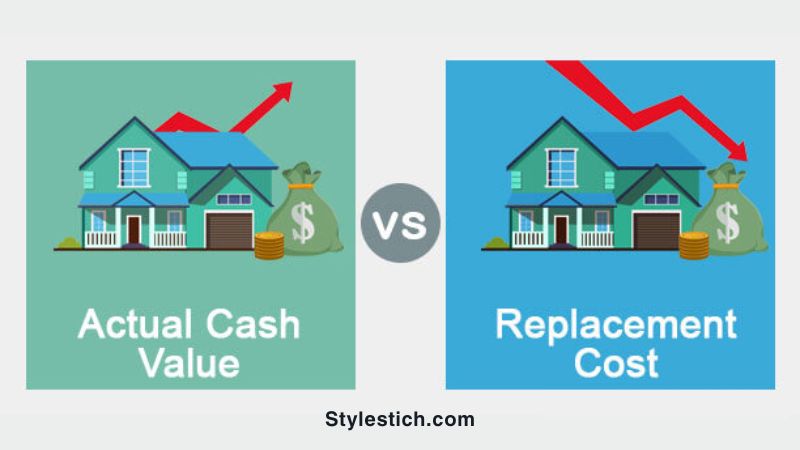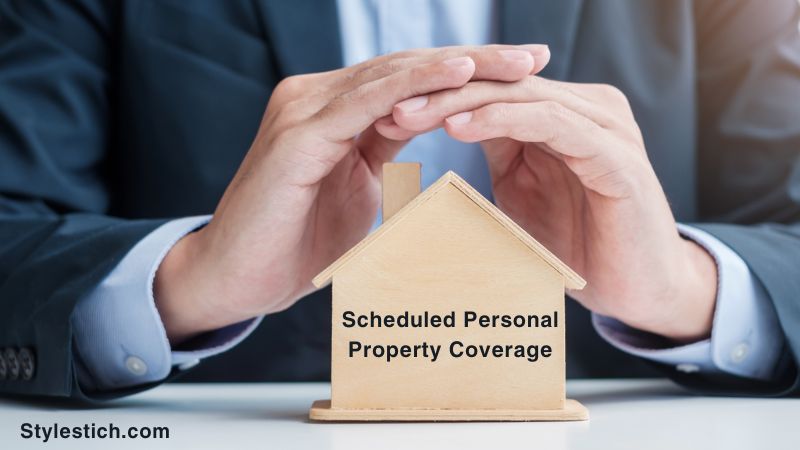Homeowners Insurance for Older Homes: Protecting Your Piece of History
Owning a vintage home is akin to possessing a relic of the past—a tangible piece of history that exudes an unparalleled charm and character. Yet, amidst its allure, the preservation of these architectural wonders necessitates specialized care, particularly concerning homeowners insurance for older homes. In this exhaustive discourse, Stylestich shall embark on a comprehensive exploration of the nuances surrounding insuring aged properties, unraveling pivotal considerations and methodologies to ensure the protection of your cherished heritage.
Understanding the Unique Challenges:
Securing homeowners insurance for older homes presents a host of unique challenges, distinct from those encountered with insuring contemporary dwellings. Factors such as the age of the property, the materials used in its construction, and the risks associated with aging infrastructure all influence the type and extent of coverage needed. Insurers must carefully assess these factors to provide adequate protection, considering potential risks like structural issues, outdated electrical systems, and historical preservation concerns when crafting insurance policies for older properties.
Replacement Cost vs. Actual Cash Value:
A quintessential conundrum confronting proprietors of vintage residences pertains to the choice between replacement cost and actual cash value coverage. The former guarantees the restoration or reconstruction of the domicile to its original grandeur in the aftermath of a covered peril, albeit at a premium commensurate with its comprehensive nature. Conversely, actual cash value coverage factors in depreciation, potentially rendering lower premiums albeit with diminished coverage.

Specialized Coverage for Historic Dwellings:
For guardians of historic or architecturally significant residences, customized insurance coverage becomes imperative. These properties frequently require restoration or repair with specialized materials and techniques, substantially affecting insurance premiums. Tailored policies specifically crafted for historic homes provide essential coverage necessary to protect their unique characteristics and cultural heritage. With insurance designed to address the specific needs and risks associated with historic properties, custodians can ensure the preservation and longevity of these cherished landmarks for future generations to appreciate and enjoy.
Understanding Exclusions:
Aging residences often contain outdated systems or materials prone to increased vulnerability to damage. Examples include knob-and-tube wiring, antiquated plumbing, or deteriorating roofing materials. Homeowners must carefully review their insurance policies to identify any exclusions or limitations related to these factors, considering additional coverage or upgrades to mitigate potential risks and ensure comprehensive protection. By addressing these concerns proactively, homeowners can safeguard their properties against unforeseen incidents and maintain the integrity and value of their homes for years to come.
Scheduled Personal Property Coverage:
Many vintage residences are repositories of invaluable artifacts, heirlooms, or objet d’art that may surpass the thresholds delineated in standard homeowners insurance policies. Scheduled personal property coverage or discrete endorsements serve as indispensable bulwarks shielding these high-value assets. Endeavor to meticulously evaluate the worth of your personal effects and procure commensurate coverage to fortify the security of your possessions.

Home Maintenance and Upkeep:
Ensuring the sustainability and safety of vintage homes necessitates regular upkeep and maintenance. Insurers frequently consider the condition of the property when determining premiums and coverage details. Homeowners can mitigate risks and potentially negotiate lower insurance premiums by investing in proactive maintenance efforts, such as upgrading electrical or plumbing systems. By modernizing these essential components, homeowners not only enhance the safety and functionality of their homes but also demonstrate diligence in risk management, which insurers may reward with more favorable insurance terms.
Discounts and Credits:
Insurance companies often offer a variety of discounts or credits based on features that reduce the risk of damage or loss in older homes. Upgrading electrical or plumbing systems, installing modern security systems, or being located near fire hydrants or fire stations are typical examples of such incentives. Collaborating with your insurance intermediary to explore available discounts can help maximize your savings while ensuring comprehensive coverage for your vintage residence. By taking advantage of these opportunities, homeowners can effectively protect their historic properties while potentially reducing insurance costs.
Working with an Erudite Agent:
Insuring older homes comes with inherent complexities, highlighting the importance of consulting an experienced insurance agent well-versed in the unique nuances and challenges associated with such properties. A knowledgeable agent can assess your specific needs, recognize potential risks, and offer insightful recommendations regarding the most suitable coverage options to protect your valuable asset from unforeseen contingencies. By partnering with a savvy agent who understands the intricacies of insuring older homes, homeowners can ensure they receive tailored insurance solutions that provide comprehensive protection for their cherished historical properties.

Conclusion: Homeowners Insurance for Older Homes
Homeowners insurance for vintage residences necessitates assiduous consideration of the property’s unique attributes and attendant risks. By comprehending the challenges at hand and implementing judicious strategies, proprietors can ensure the robust protection of their cherished heritage against fortuitous vicissitudes. Whether it entails discerning the optimal coverage, nurturing the domicile, or collaborating with adept professionals, safeguarding your vintage abode constitutes an investment in preserving its legacy for posterity’s veneration.